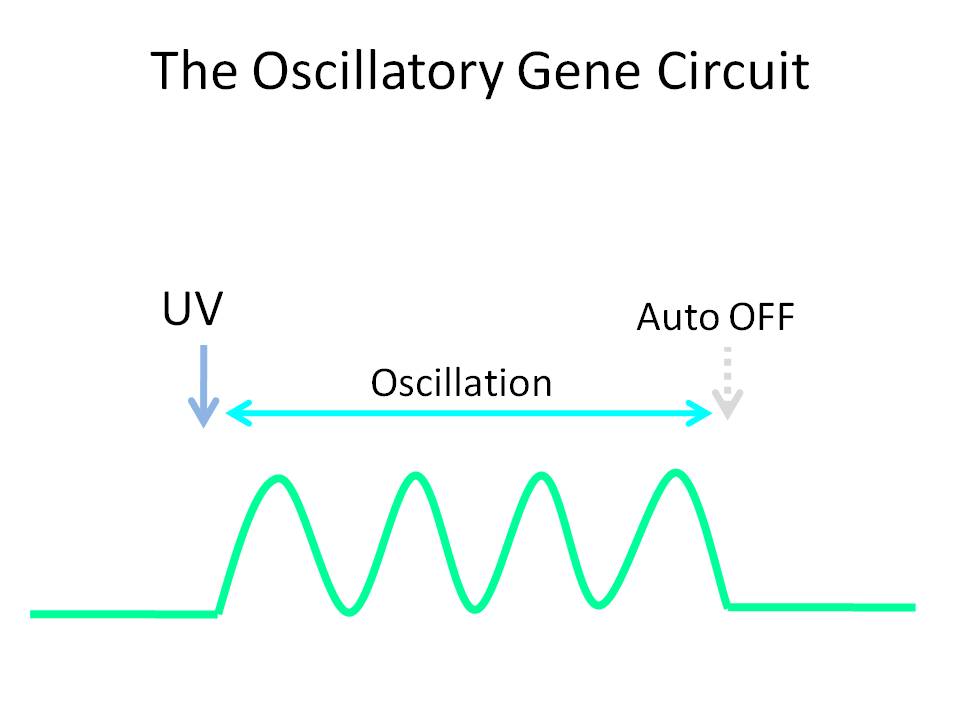Team:Todai-Tokyo/Project
From 2009.igem.org
Contents |
The Aim
To Prevent lifestyle diseases using synthetic living systems
Lifestyle diseases, diseases caused by unhealthy living habits, comprise one of the major problems in modern society, especially as they may lead to fatal heart problems or even cancer. However, preventing or curing these diseases is presently of extreme difficulty. Our team, Todai-Tokyo, has been tackling treatment of lifestyle diseases such as hypercholesterolemia, diabetes, circadian rhythm dysfunction, and bad smoking habits by using synthetic living systems, utilizing their ability to incorporate complex logic functions and dispensability of external control once in operation. To do this, we aim to create the following: cells that ingest cholesterol to decrease blood cholesterol levels, healthy low calorie breads, a system in which periodic gene expression is controlled, and bacteria that encourage smokers to quit smoking, respectively. By applying similar synthetic biology methodologies to these, prevention of numerous lifestyle-related diseases may become reality, serving as a first step towards their eradication.
Overall project
We are planing 4 projects.
1.bioclock
2.tobacco
3.Bread
4.Arterisclerosis
1.We will produce E.coli that can let me know what time it is now by expressing Fluorescent Protein.
2.If you broken your promise and smoked, your mouth would begin to smell.We are growing E>coli or bacterias which express the enzyme that reacts Nicotine and catalyzes a smelling substract.
3.We are making food which has additional nutritions.Without adding sugar,Bread becomes sweet by enzymes of bread yeast. Food has more vitamins. etc.
4.Arteriosclerosis is caused by LDL cholesterols. So, we are growing S.cerevisiae which express LDL cholesterol receptor and inhibits the absorption of LDLcholesterols in the blood vassel.
Details of Each Projects
Bioclock
Synthetic Oscillatory Gene Circuit in E.coli Cells
We are working on an oscillatory gene circuit in each individual E.coli cell according to the circuit design which was reported by J. Sticker and his colleagues in 2008. Also, we are making the switch to turn on and off the oscillator. The oscillator sould be turned on after UV exposure, and turned off automatically after a few hours.
1. Activating the Oscillator by UV Radiation
The switch consists of two genes derived from bacteriophage lambda, cI and cro. The expression of two genes is mutually exclusive. The initial state is the cI expression, which means the oscillator is turned off. When UV light is exposed, cI is cleaved by RecA, one of the SOS genes of E.coli, and cro starts its own expression. As a result, the oscillator is turned on. The reason why these two gene can control the oscillation is that cI enhances lacI which is a component of the oscillator while cro doesn’t, as explained just now.
2. Oscillatory Expression. (J. Sticker et al, Nature 2008).
The oscillator consists of one negative feedback roop by lacI gene and one positive feedback roop by araC gene. In this circuit, araC, lacI, and GFP are under control of the same promoter (denoted as P_araC/lacI) which is suppressed by lacI and enhanced by araC. The oscillatory period is from 10 min to 40 min, and dependent on the concentration of IPTG, arabinose, and temperature.
3. Silencing the Oscillator
A gene called cIII enhances cI and turns off the oscillator. CIII is also controlled by P_araC/lacI. Here is the mechanism: When cro is expressed (which means oscillator is on), still other gene cII is expressed together. cII is capable of enhancing cI expression, but is unstable under normal condition, because it is attacked by Hfl protease of E.coli. cIII prevent cII degradation by competitive inhibition of Hfl. Consequently, cII can induce cI expression only when cIII exists in the concentration high enough to inhibit Hfl activity. So, when the cIII concentration hits the critical amount, the oscillator is turned off.
tobacco
Effective Way to Quit Smoking Using Smelling Yeast Cells
We will make bacteria to help those who want to quit smoking to attain their goal.
In order to achieve this, we are constructing the bacteria that begin to smell when exposed to smoke.
The way to use these bacteria is very simple.
1. At first, we get those who have to break their habit of smoking to take these bacteria.
2. And then, if they break the ban and smoke, they will be worried by strong smell like a cheese or dirty socks.
3. Thereafter they will never smoke anymore.
Next, I'll explain the mechanism of this bacteria.
1. First, dioxin in smoke reacts the activator protein Ahr.
2. Then, Ahr and protein ARNT binds the enhancer XRE, and yqiT is expressed.
- YqiT codes Leucine dehydrogenase descended from Bacillus subtilis.
- The Leucine dehydrogenase makes isovaleric acid from Leucine.
- Isovaleric acid is a major component of the cause of unpleasant foot smell.
This is our project.
These bacteria can be used for other kind of sensors by changing promoter.
Bread
Arterisclerosis
Results
| Home | The Team | The Project | Parts Submitted to the Registry | Modeling | Notebook |
|---|
 "
"


